In this post, we introduce furoshiki, the Japanese art of knotting and folding cloth into protective wrappings and bags. It’s not only beautiful, it’s a more sustainable way to present gifts than disposable paper – and it can be done with something we probably all have in our houses, the mighty bandana!
Table of Contents

What is Furoshiki
Furoshiki originated over a thousand years ago in Japanese bathhouses, to keep people’s clothing separate. Lords kept their kimonos separate from each other by wrapping them in a specialty cloth printed with their family crest. The bathhouse tradition is where it got its name: from the characters furo 風呂, bath, and shiki 敷, meaning spread.
Over time, their use widened. They are much more than decorative gift wrap: they are most often used as functional bags and carriers. Using knots and folds to make handles and closures, the simple packable cloth can be used to carry groceries and delicate items. It can both hold the picnic and be the picnic blanket!

Furoshiki cloths can be made out of any material – silk, nylon, rayon, cotton, and even polyester are common. As they became more popular, the craft of making beautiful furoshiki developed. Hand-painted silk with family crests were made for high-end customers, while indigo cotton was used for everyday.
It also developed into standard shapes. The furoshiki is square, and usually ranges in size from 45cm square to 100cm square, although they can be smaller or larger. The bandana is about the same size as a 45cm wrap, about the right size for wrapping many everyday objects about the size of a book. Tenugui is another type of wrap that is oblong, usually with un-hemmed edges, and also used as a wall hanging.
Many traditional Japanese furoshiki have reversible, two-sided designs in different colors. This adds visual interest and color contasts to the completed wrap and makes it easier to follow complex folding instructions.

The time you put into wrapping a furoshiki shows care for the recipient. Some say that the act of carefully knotting, and then unwrapping the gift by untying the knots rather than ripping apart paper, enhances the gift experience.
Furoshiki continues to be celebrated and developed in Japan. Modern craftspeople and creative designers are creating stunning works of fabric art that are also a beautiful and conveniently functional, re-usable, and re-giftable.



Furoshiki as Sustainable Gift Wrap
In November 2023, the New York Times [gift link] brought the Japanese art of furoshiki to Americans, presented as a sustainable alternative to gift wrap.
Every year an estimated 4.6 million pounds of wrapping paper is used in the U.S., most of which ends up in the landfill. Most traditional wrap is difficult to recycle due to glossy coatings, glitter, foils, or flockings that wreak havoc on machinery and make accessing the actual paper fiber exceedingly difficult. It is, by design, a one-time use product.
What is Glitter?
Have you ever wondered? Basically it's microplastics, but this humorous deep-dive into the world of glitter is one of the enjoyable articles we've ever read.
Recycled paper content and recyclable gift wrap is a much better choice. Choose gift wrap that is simply ink printed on kraft or newsprint, or tissue paper without glitter as recyclable. Bonus points for using simple paper raffia or compostable cotton, jute, or hemp garden twine or butcher string for a ribbon. (That’s the recyclable gift wrap service that Walnut Studiolo offers!)

But even better than recyclable, as the old folk saying goes, is: 'Use It Up, Wear It Out, Make It Do, Or Do Without.' Instead of purchasing, using once, and throwing away paper wrappings, cloth furoshiki is reusable and a second part of the gift on its own. You can even make furoshiki out of scrap fabric or thrifted fabric.
For the recipient, it can be reused as the mighty bandana with all its uses . Many people are in Japan are using furoshiki to wrap decorative cushions. Or it can be washed and lovingly re-gifted as a gift wrap for the next person, continuing the chain and making it a multi-use gift wrap.
Use a Bandana for a Furoshiki Cloth Wrap
Know-how is the only thing you need to turn an everyday bandana into a reusable furoshiki. The bandana turns out to be a perfect size for most small to medium sized items, like books, potted plants, and even a wine bottle .
Here’s a basic everyday wrap that works for most items, in different tutorial formats for different learning styles. For specialty items like wine bottles and potted plants, look at tutorials from furoshiki makers or try a book with a library of wrap styles.
How-to Tie a Bandana Into Gift Wrap
Step-by-Step Photos
See our step-by-step photo tutorial of the "Everyday Wrap":
Video How-to
This everyday wrap tutorial is presented by Musubi, a prominent Japanese furoshiki maker in Kyoto. There are more wrap instruction videos on Musubi’s website.
Picture Guide
For the basic everyday wrap, we like this step-by-step illustrated guide by Chatelaine: A Step-by-Step Guide to Wrapping Furoshiki.
This picture tutorial presents an even simpler everyday wrap, by A Drop in the Ocean, a sustainable housewares site, from 6 Ways to Wrap:

More Ways to Wrap Furoshiki Gifts
Illustrated Furoshiki Folds (Japanese Environment Ministry)
From the Japanese Environment Ministry, this illustrated guide shows 14 different ways to fold fabric for gift wrap of various sizes:

Books and Illustrated How-tos
To explore more about the craft of furoshiki and access dozens of wrap tutorials in professional illustrations, we enjoyed this book: Furoshiki and the Japanese Art of Gift Wrapping by Tomoko Kakita.
Purchase Furoshiki-Wrapped Gifts
Walnut Studiolo’s Furoshiki Gift Wrap Service
In 2024, Walnut Studiolo introduced a new gift wrap service using the Bicycle Print Bandana. We do the wrapping for you and present a beautiful hand-knotted gift for many of our items.
We offer the same color choices as our bandana, and include a special insert explaining to the recipient what the gift wrap is and how they can re-use or re-gift it!


Final Words
We hope you enjoy learning how to wrap your gifts and create simple carry-alls with furoshiki cloths!
We'd love to hear about your experience with furoshiki gift wrap - leave us a comment below!



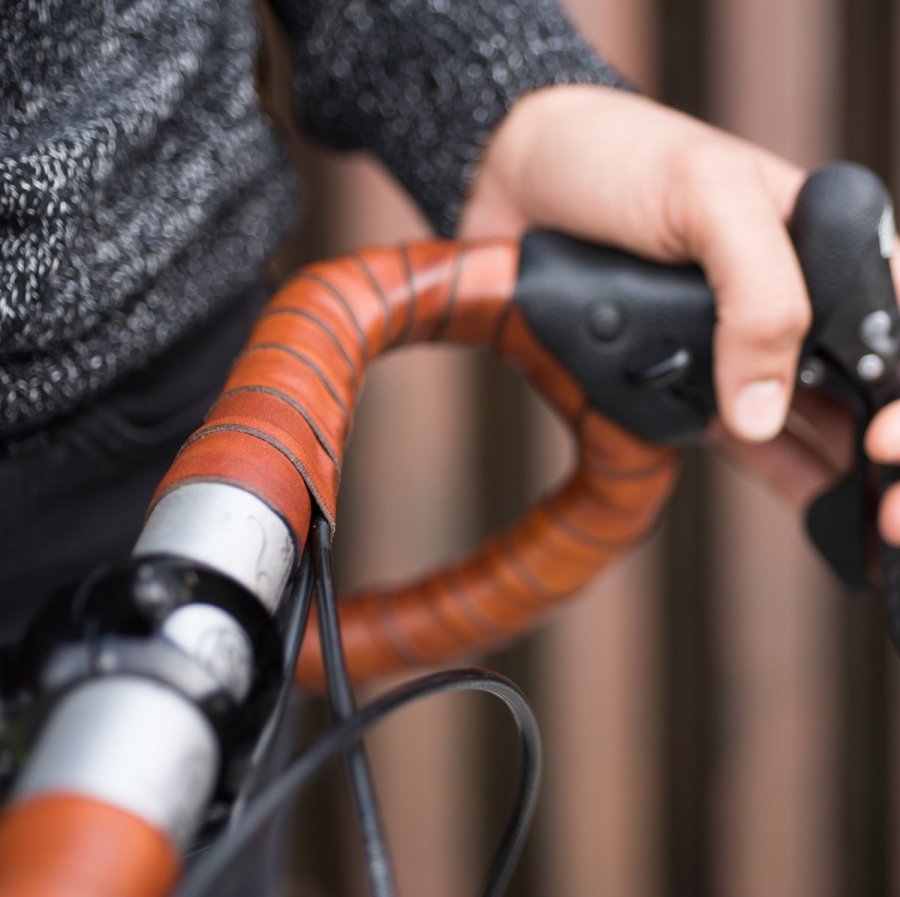
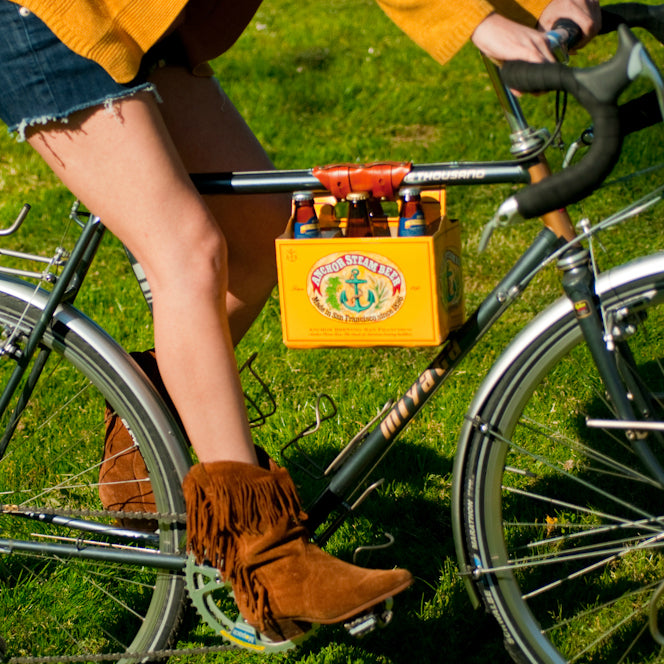
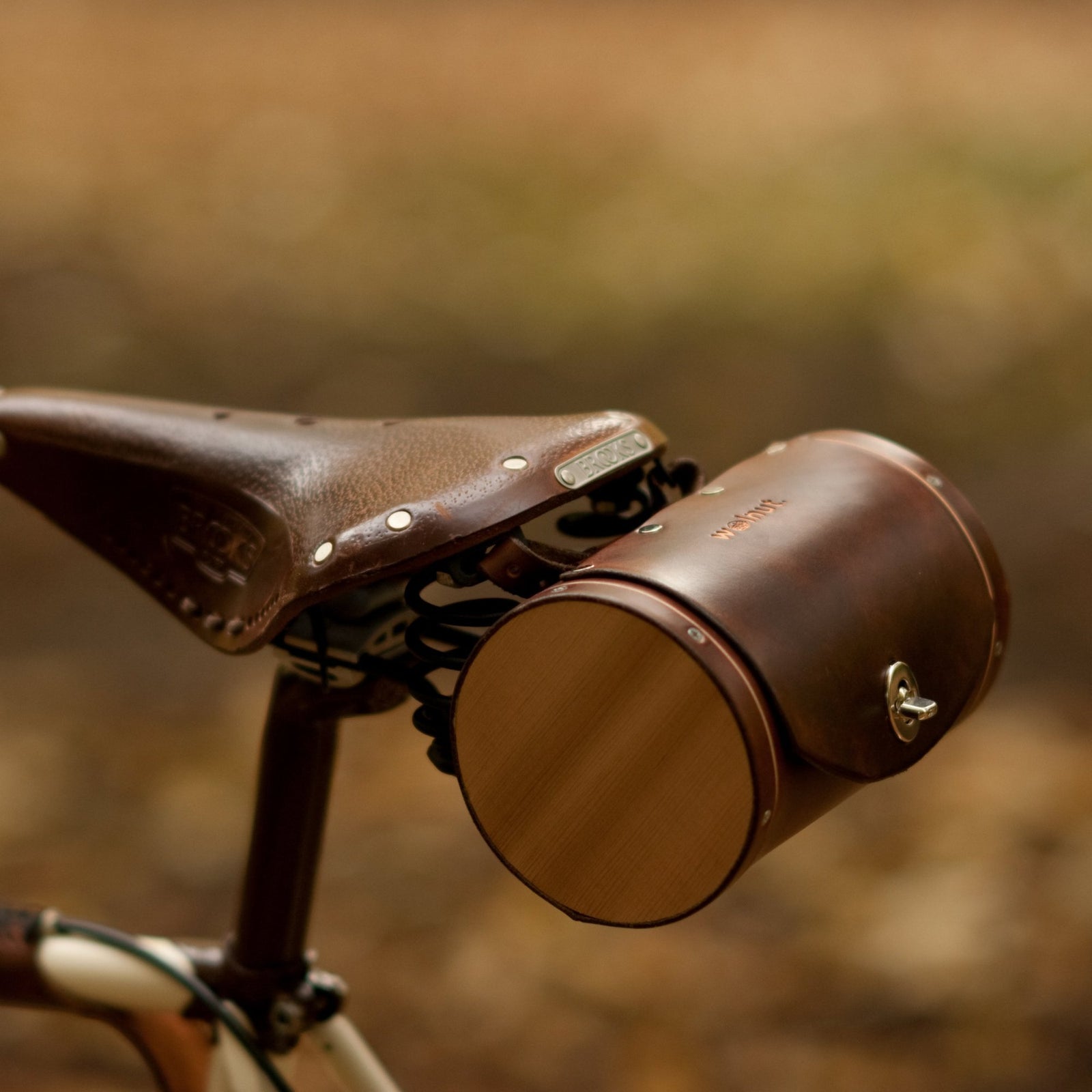
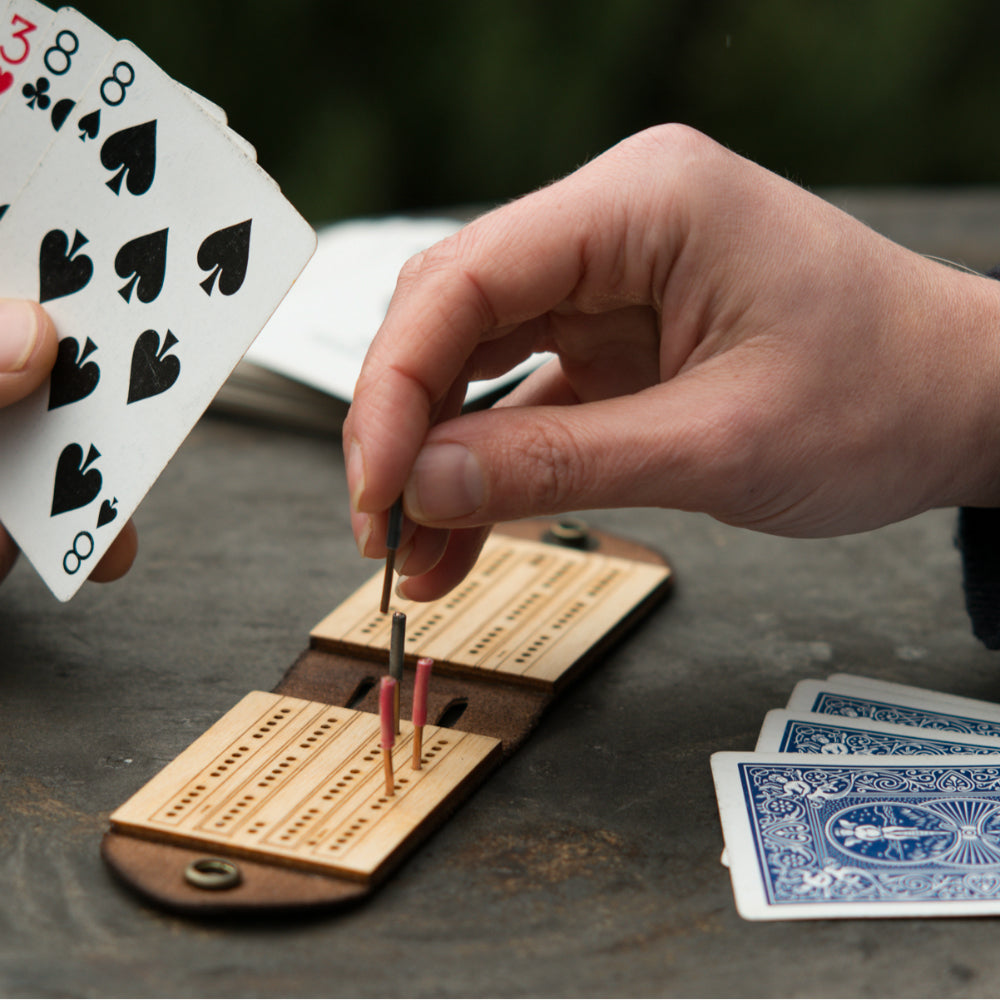
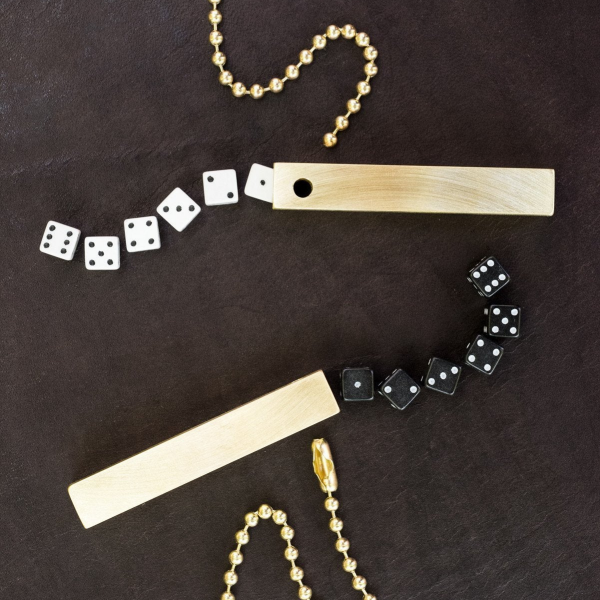
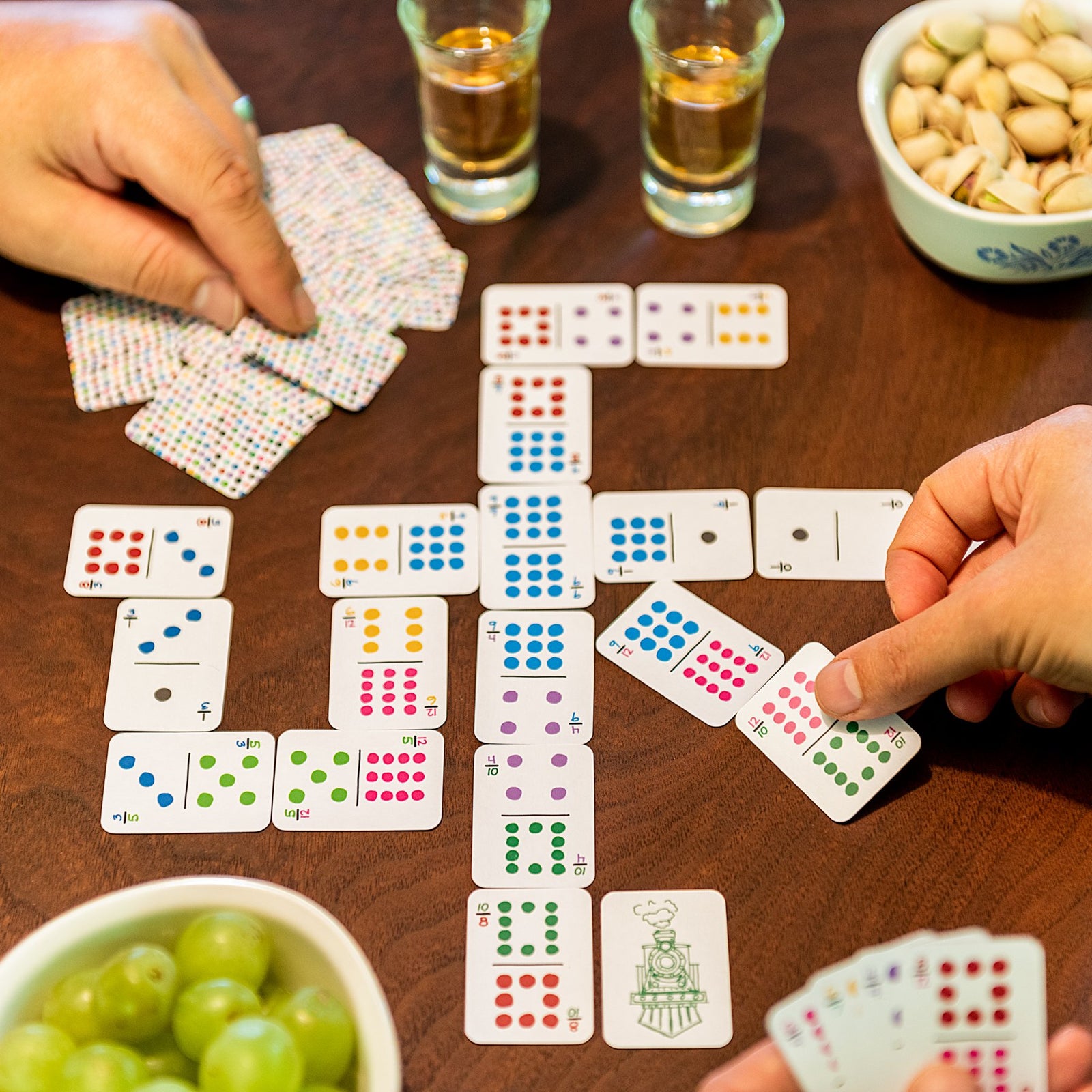
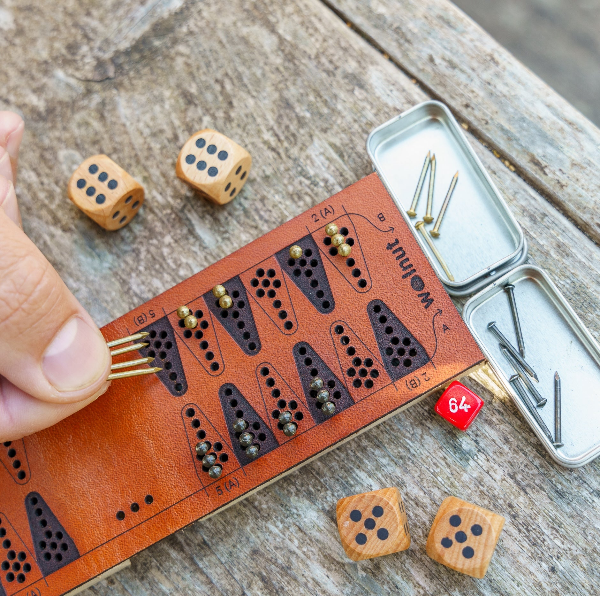
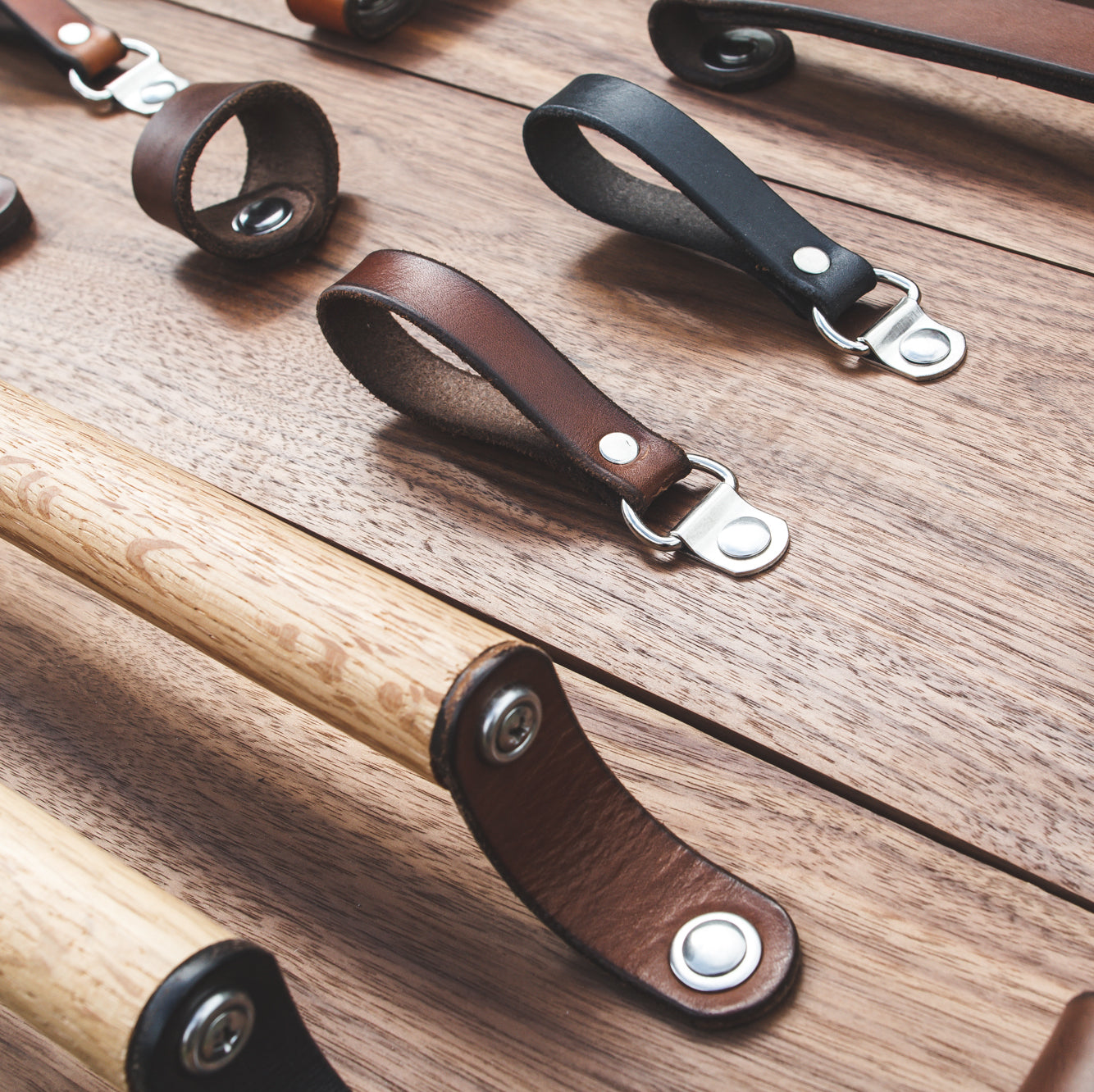

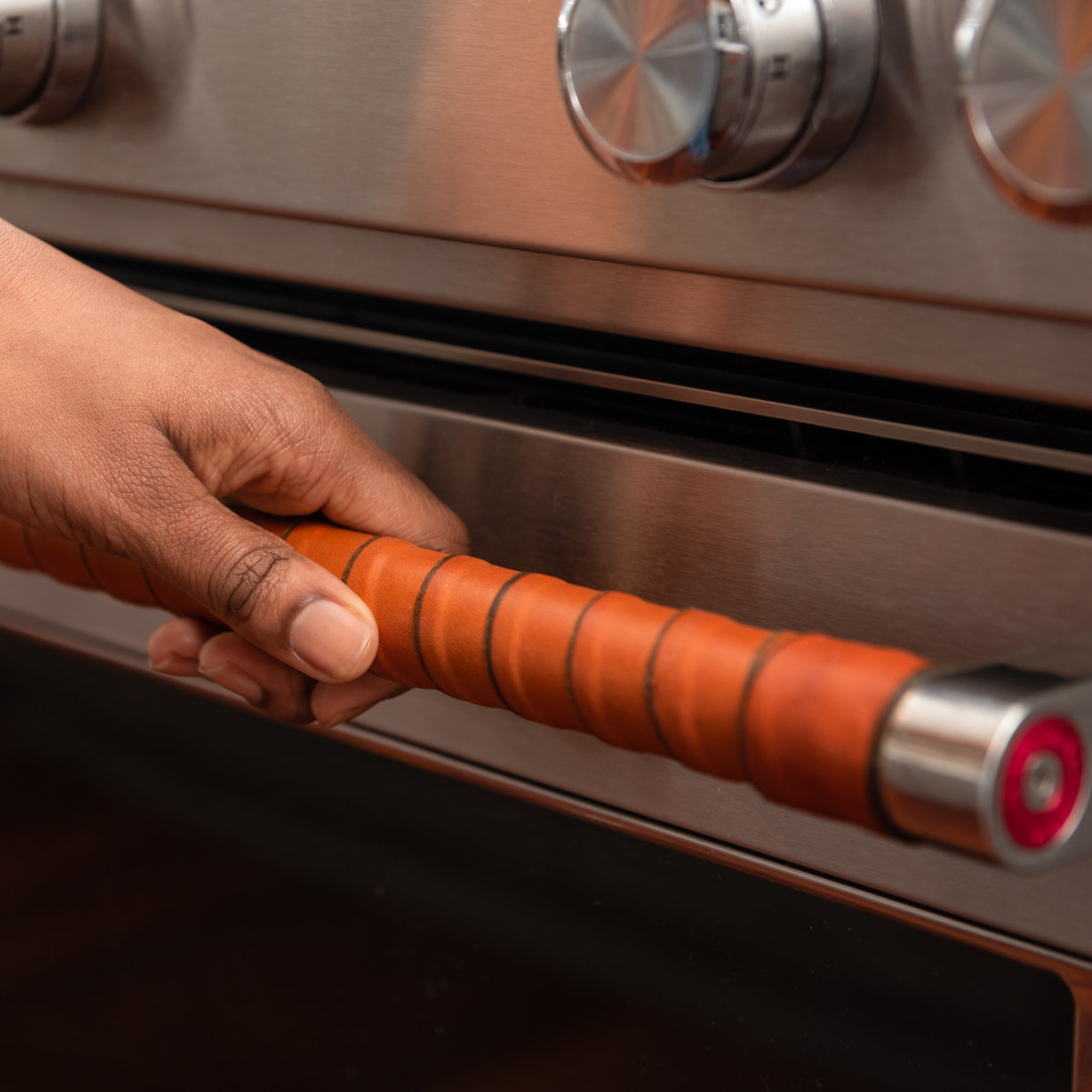
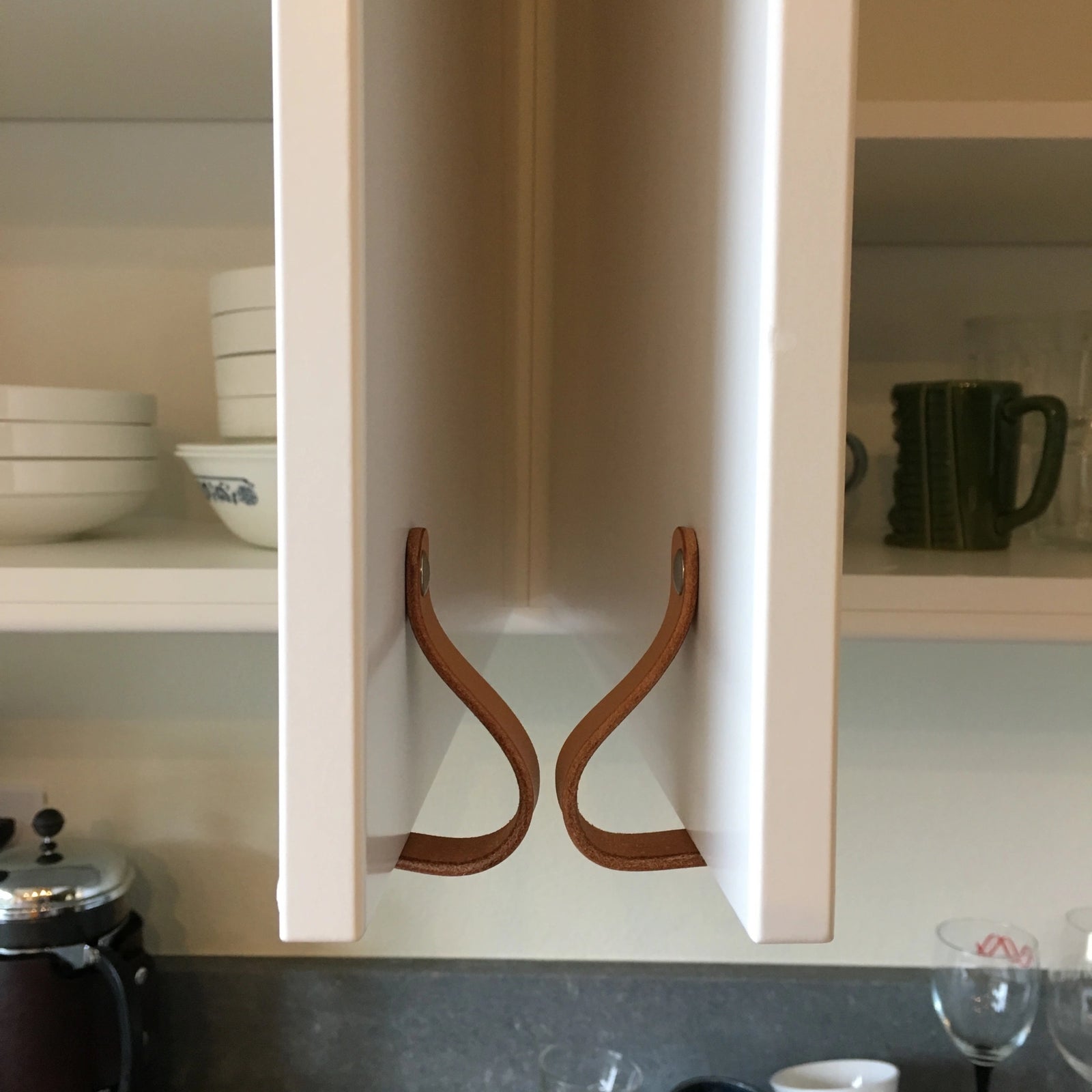

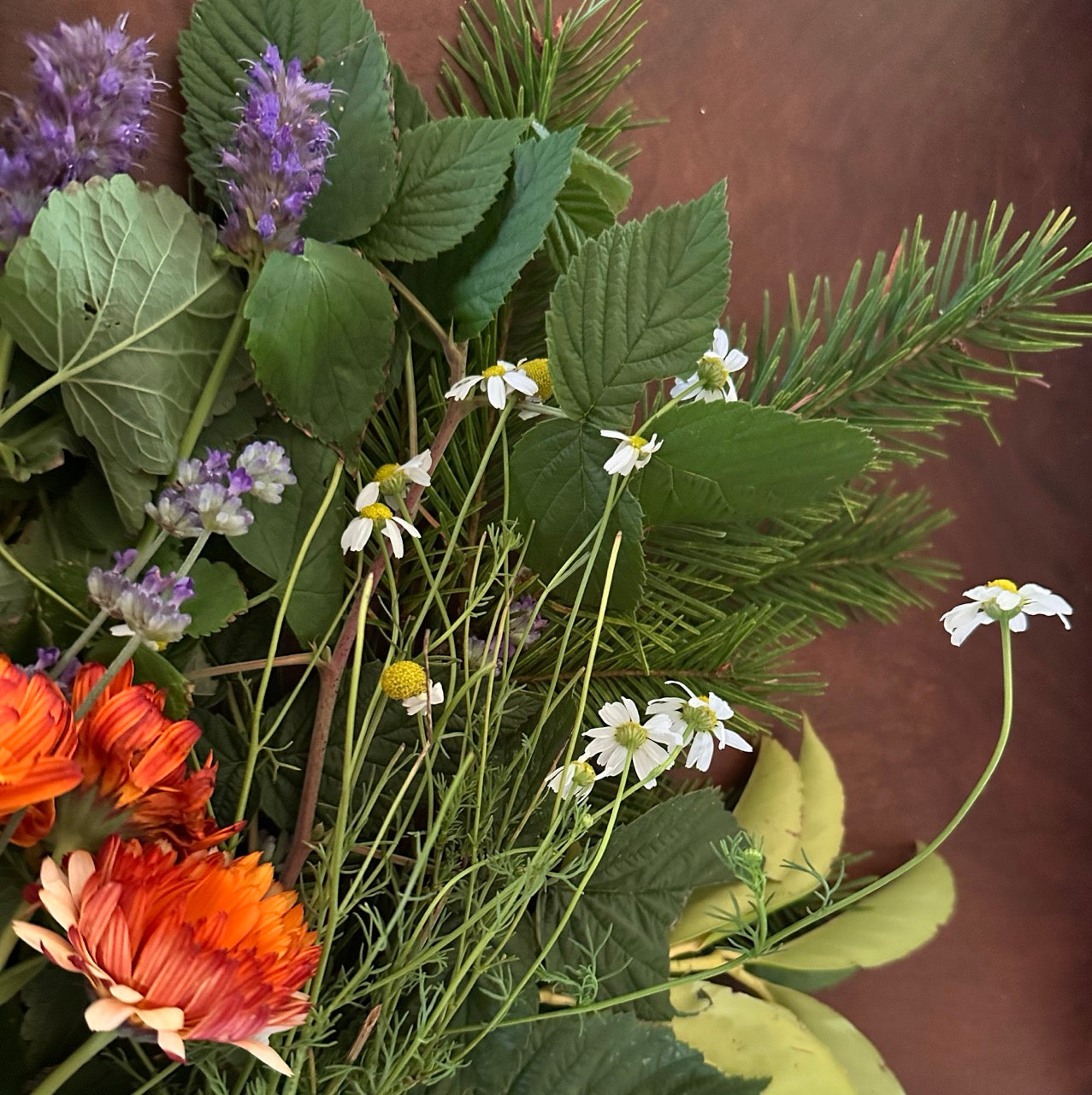
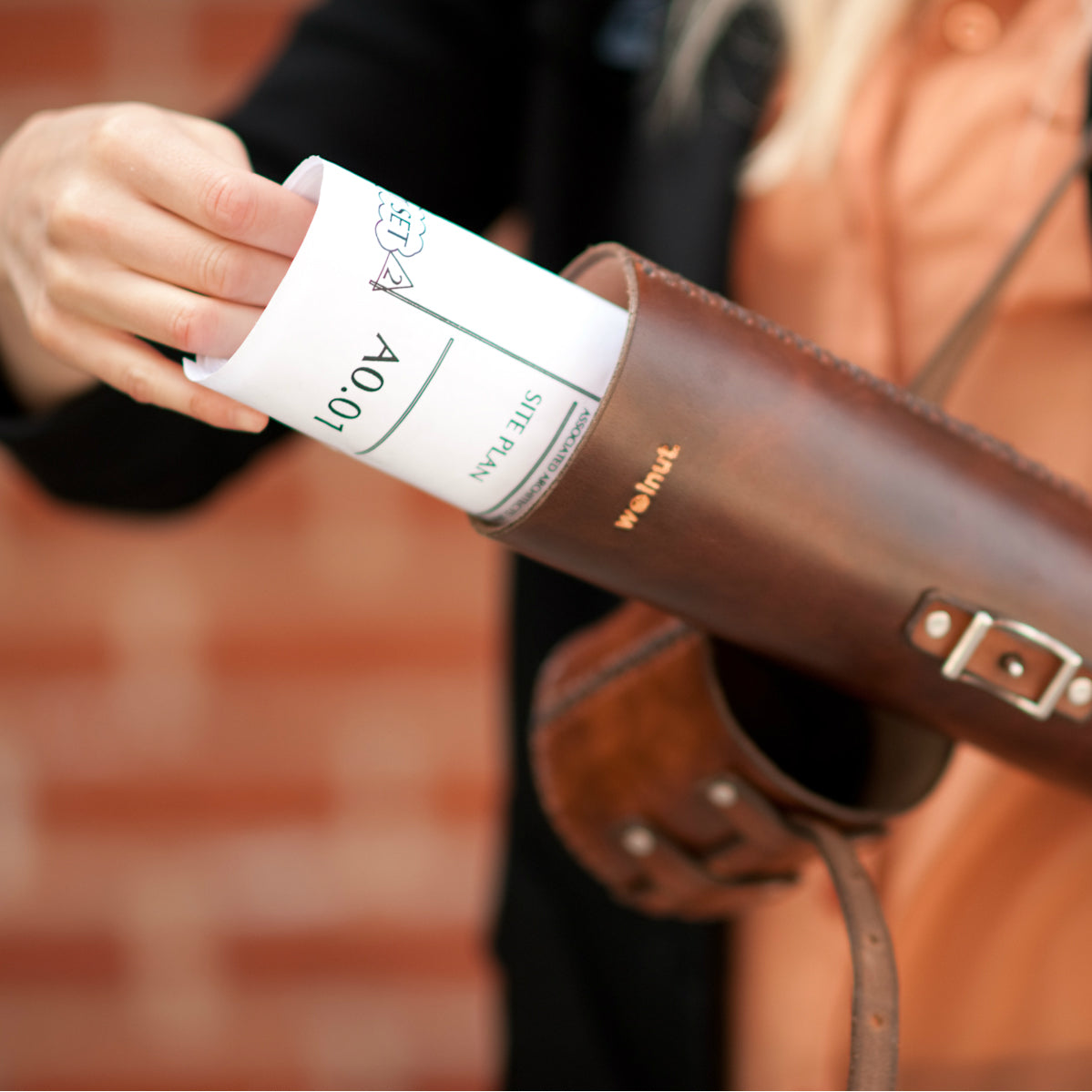
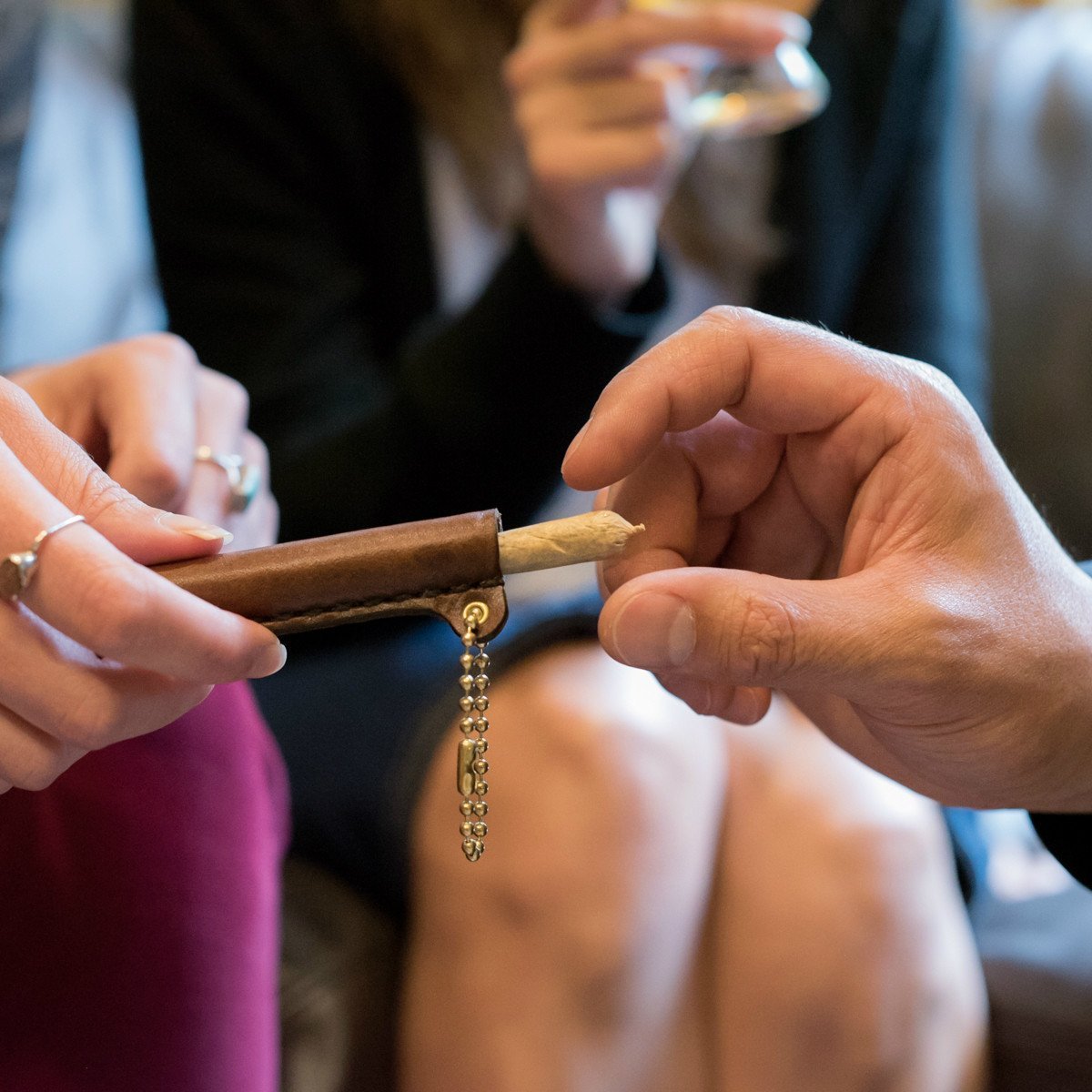
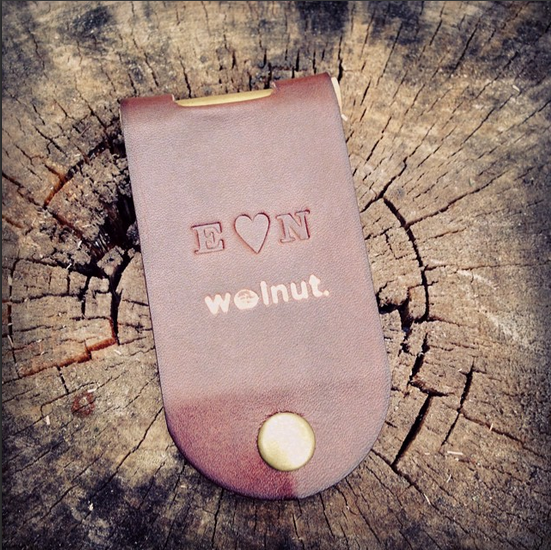
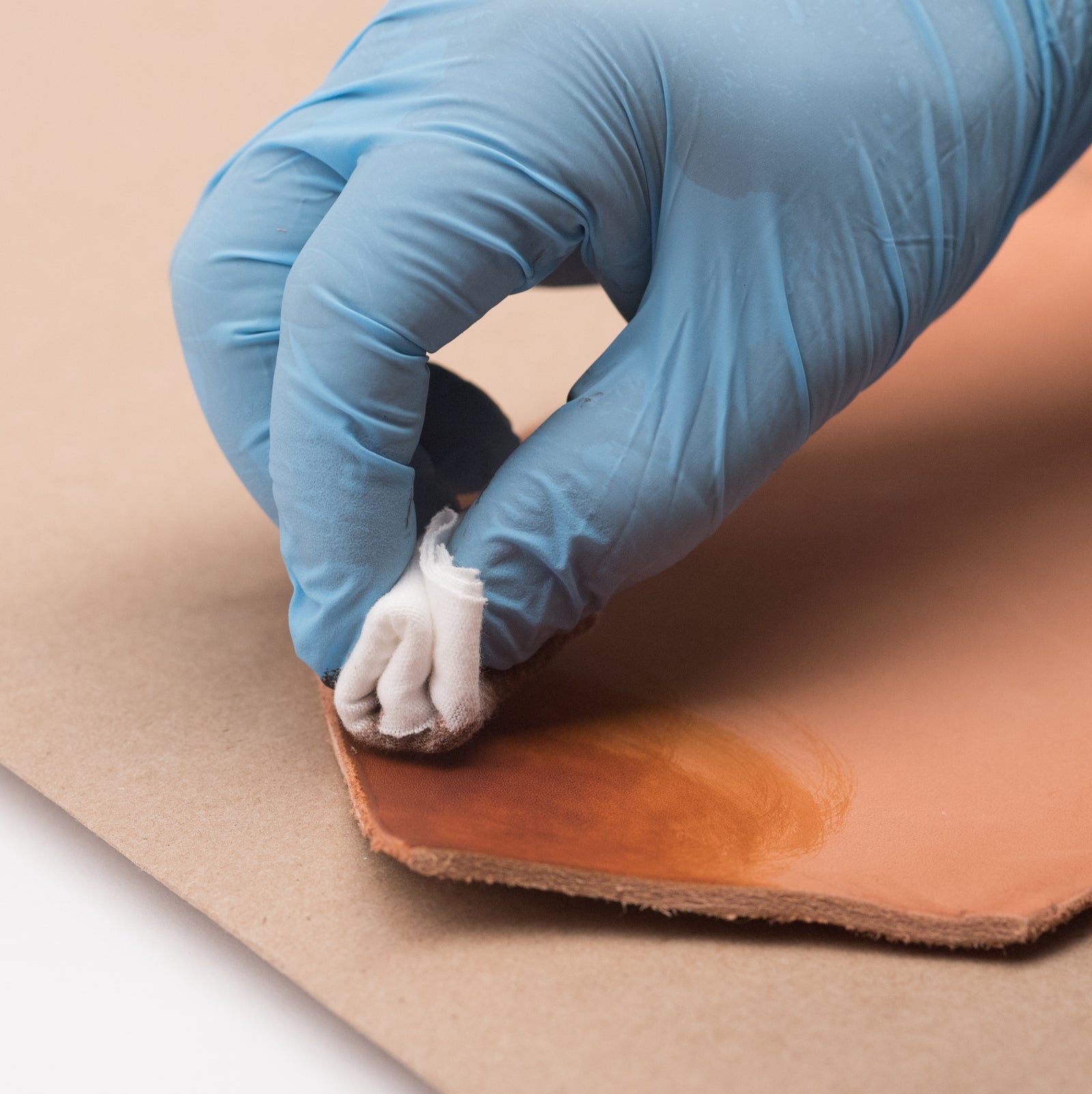

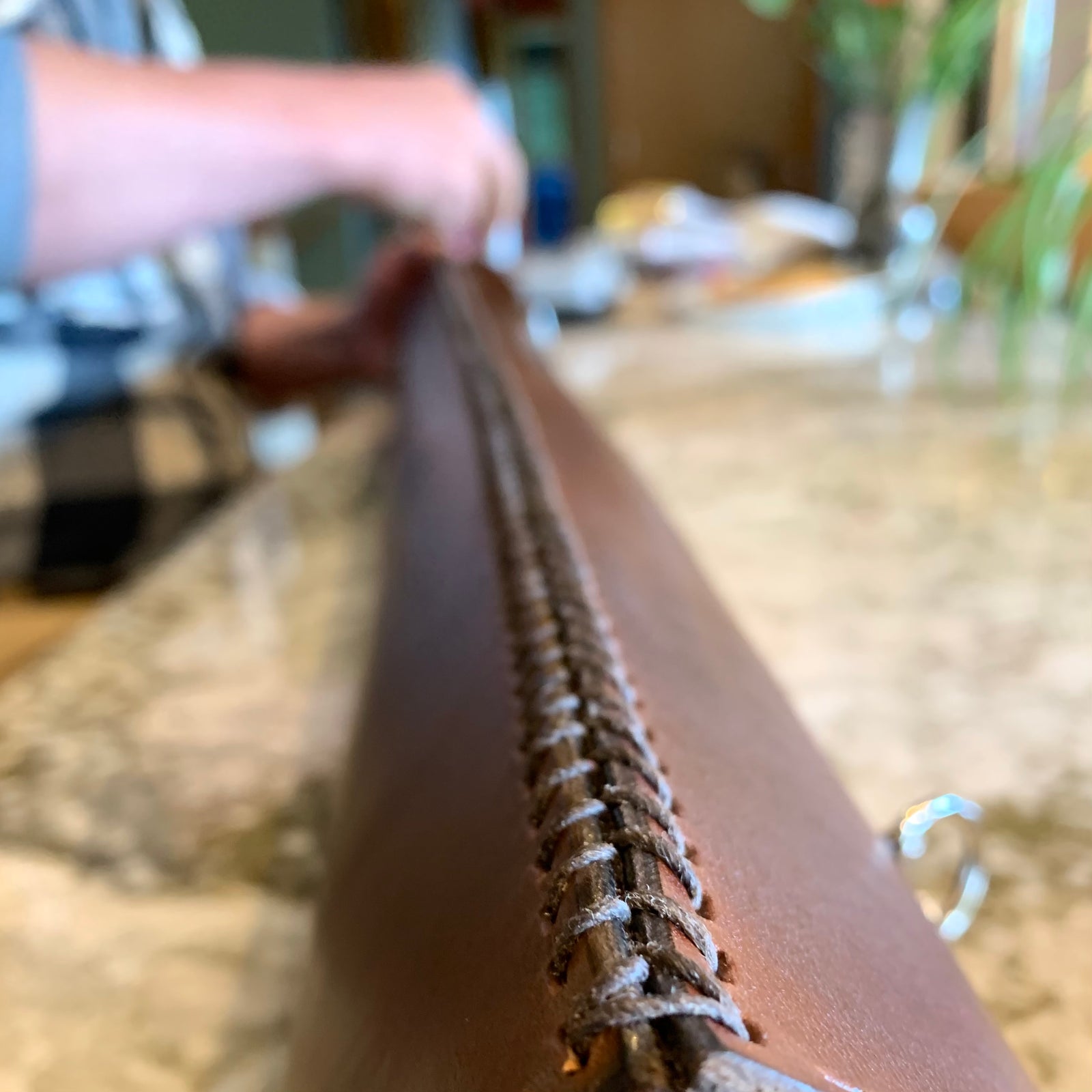

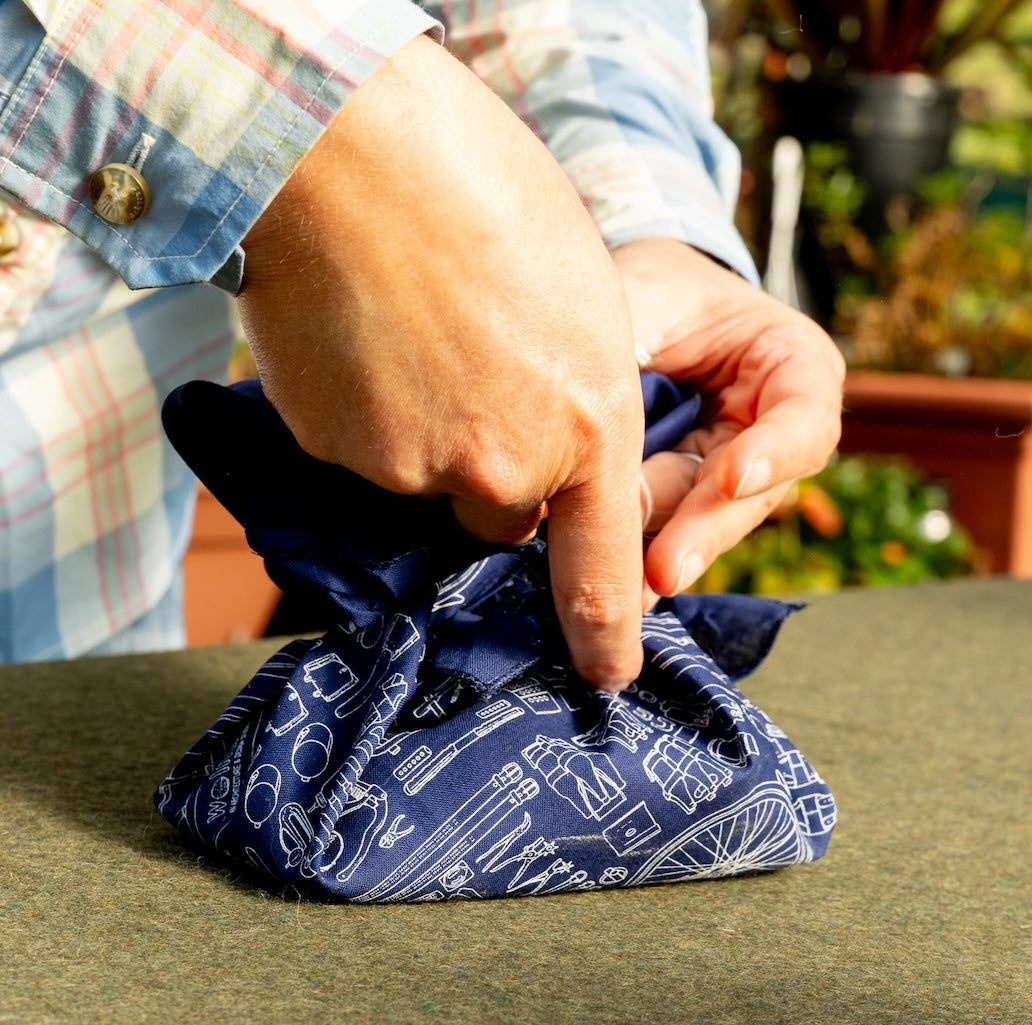











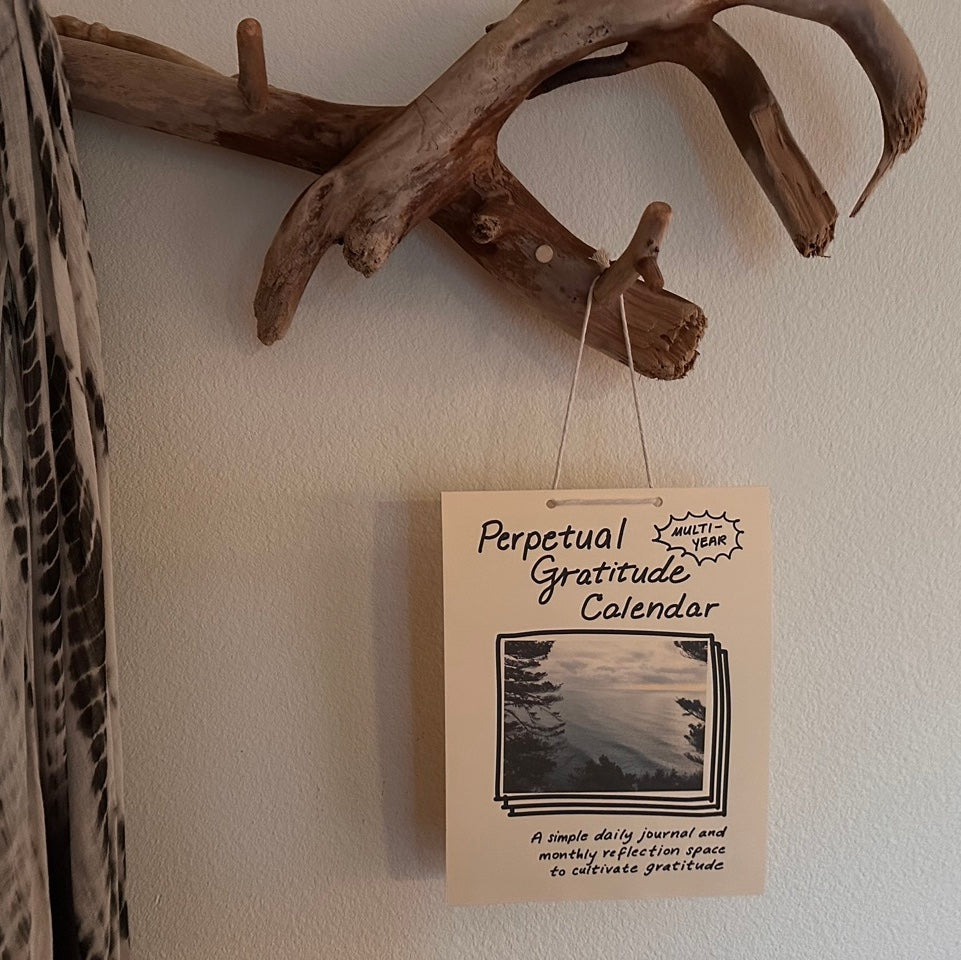
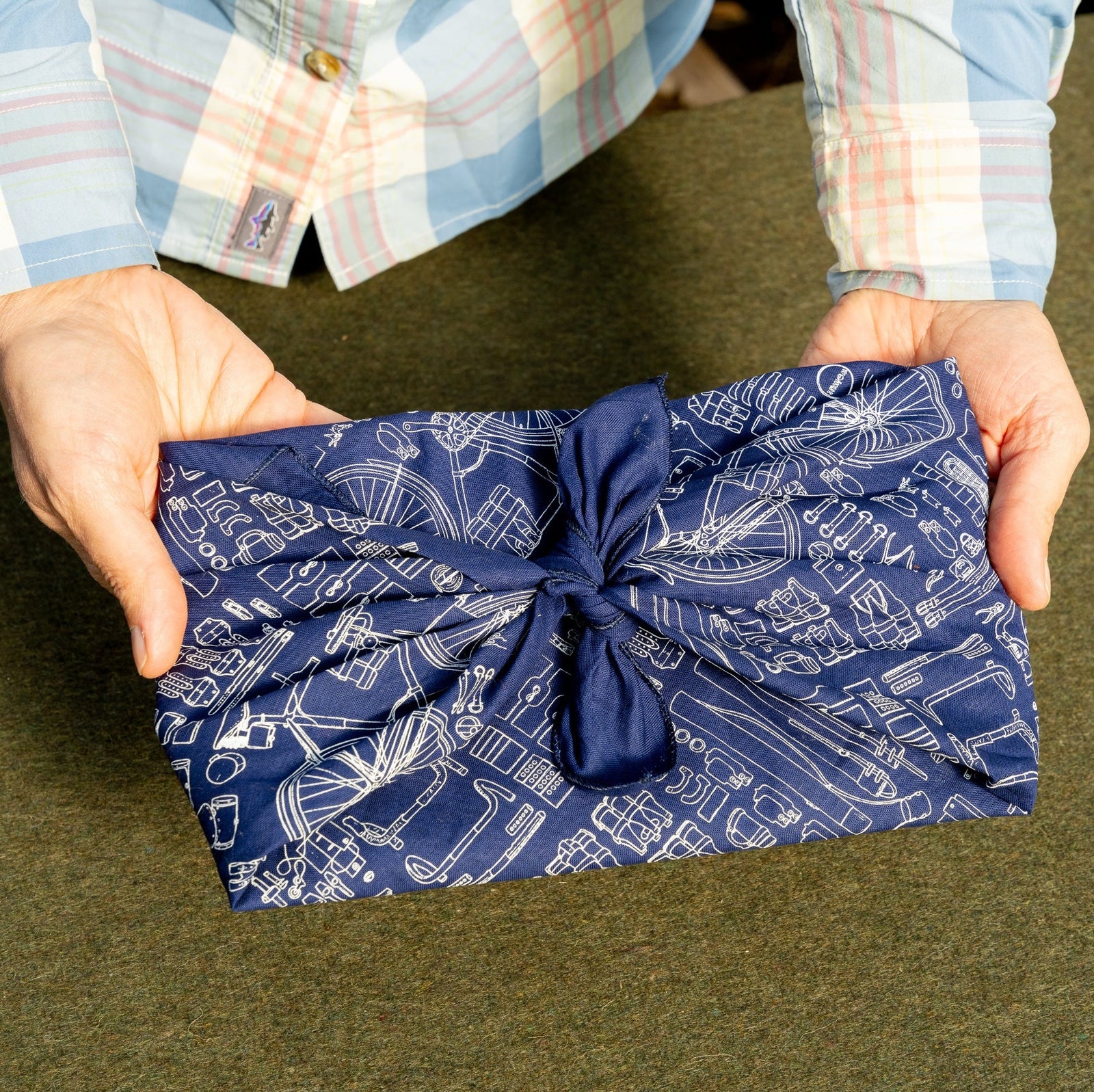
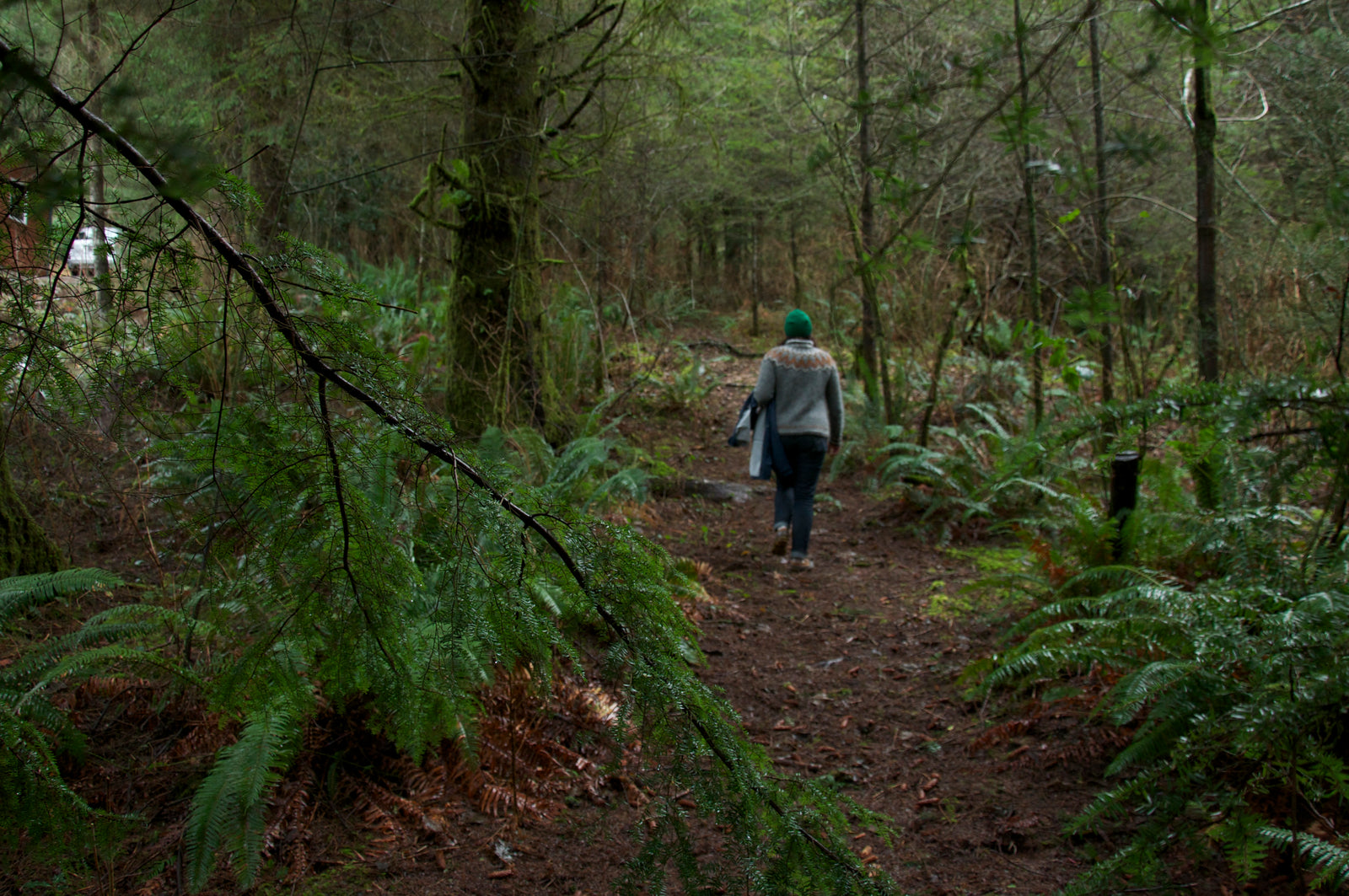
Leave a comment (all fields required)